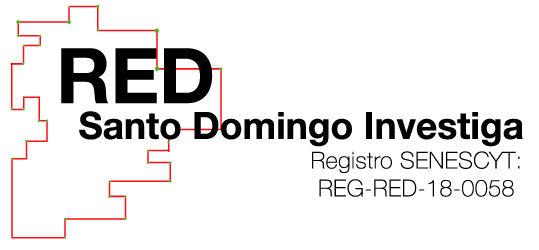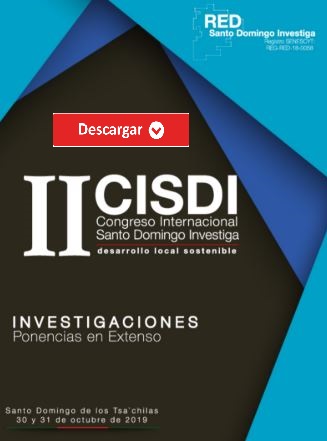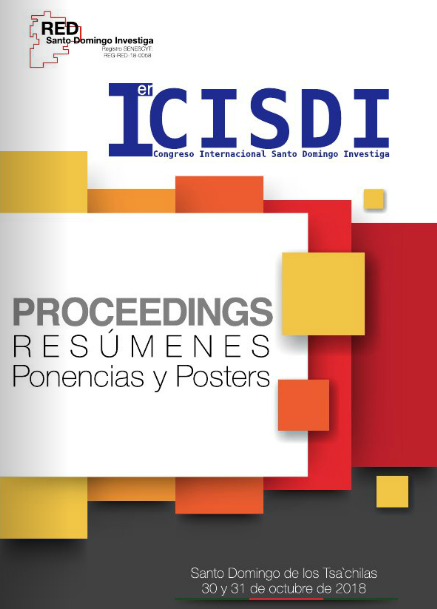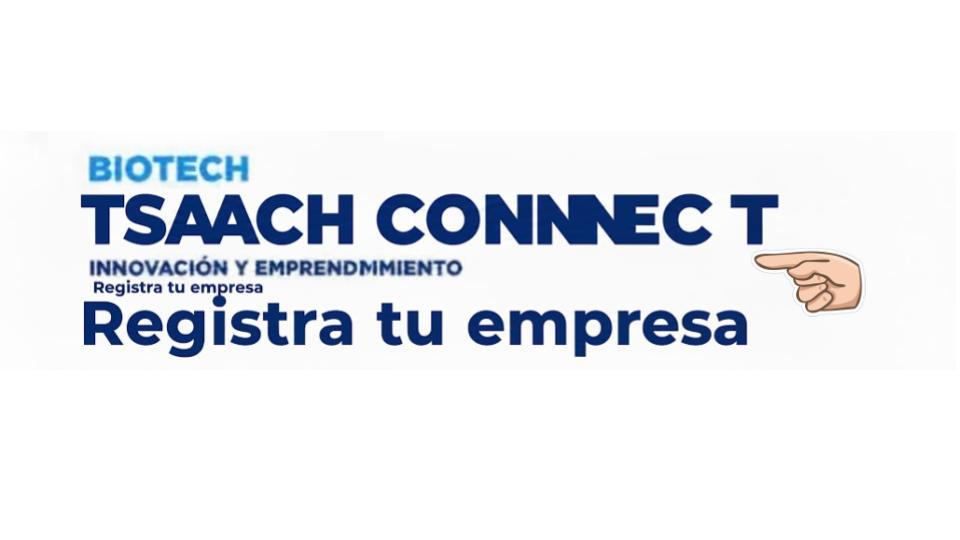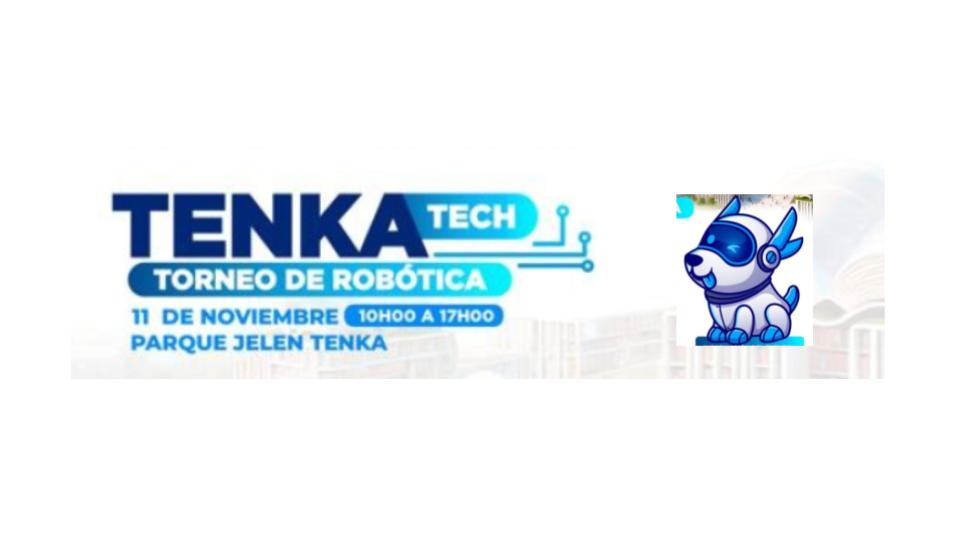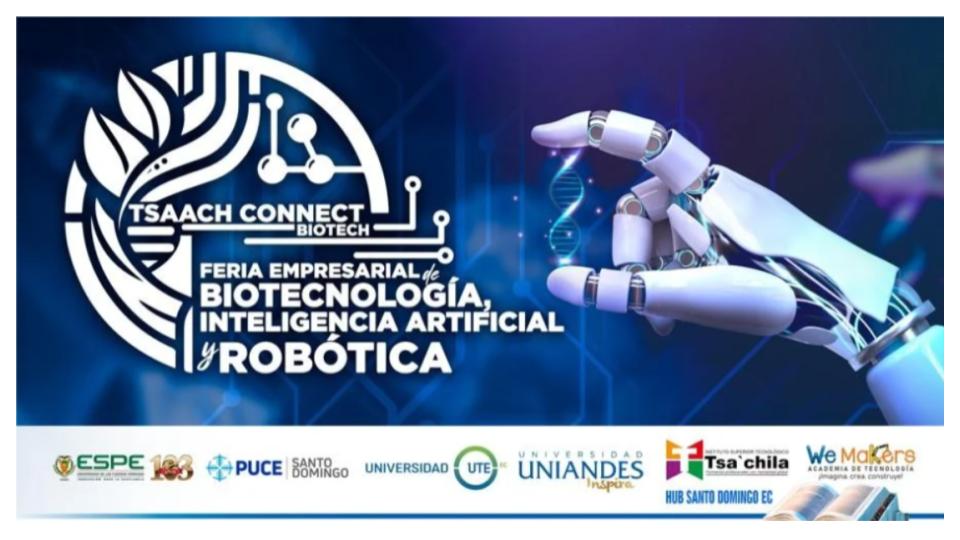RESUMEN
El chorizo parrillero es un producto muy consumido por el público, pero tiene la desventaja de no aportar con fibra de manera significativa. Se obtuvo un chorizo de buena apariencia externa e interna, suave al corte, jugoso por dentro, posee una buena mordida y presenta una gama de colores que es muy atractivo a la vista. Las cantidades de pulverizado de cáscara de camarón (3%, 5% y 7%) cada una con tres repeticiones, y a través de análisis sensorial a una muestra de 50 personas del Instituto Tecnológico Superior Calazacón, determinó que la muestra más aceptada sensorialmente fue la muestra número 2. Los resultados de los análisis bromatológicos realizados a los tres tratamientos con sus tres repeticiones a fin de obtener el valor nutricional de cada uno de ellos, se obtuvo que la muestra 3 (T3R1), que corresponde a la formulación de: 5 % de cascara de camarón, 42 % de carne de res, 42 % de carne de cerdo, 6.8 % de tocino y sus condimentos respectivos un , obtuvo el siguiente resultado: 54.27% humedad, 5,32% Ceniza, 30,05 % Proteína, 17,46 % Grasa, 3,40 % Fibra y 45,73 % Materia seca, dándonos un aporte nutricional más equilibrado, en comparación a los chorizos parrilleros tradicionales que se encuentran en el mercado. Aplicando el diseño experimental (DCA) con una prueba de TUKEY se mostró que los resultados bromatolológico en proteína, grasa, humedad y materia seca, no existió diferencia significative entre los tratamientos, sin embargo en el porcentaje de ceniza, el mejor tratamiento es el número 1, y en fibra el tratamiento número 3.
ABSTRACT
The sausage parrillero is a product much consumed by the public, but it has the disadvantage of not reaching port with fibre of a significant way. There was obtained a sausage of good external and internal, soft appearance to the cut, juicily inside, it possesses a good bite and presents a scale of colors that is very attractive at sight. The present work was developed by different formulations of pulverized of rind of shrimp (3 %, 5 % and 7 %) each one with three repetitions, and across sensory analysis to a sample of 50 persons of the Top Technological institute Calazacón, one determines that the most recognized sample sensorialmente was the sample number 2. In the results of the analyses bromatológicos realized to three treatments with its three repetitions in order to obtain the nutritional value of each of them, it was obtained that the sample 8 (T3R2), which corresponds to the formulation of: 5 % of rind of shrimp, 42 % of beef, 42 % of pork, 6.8 % of bacon and its respective spices one, obtained the following result: 54.27 % moisture, 5,32 %Ceniza, 30,05 % Protein, 17,46 % Fat, 3,40 % Fibre and 45,73 % Matter dries, giving us a more balanced nutritional contribution, in comparison to the sausages parrilleros traditional that are on the market. Applying the experimental design (DCA) with a TUKEY test it showed us that the results bromatolológico in protein, fat, moisture and dry matter, difference did not exist significative between the treatments, nevertheless in the percentage of ash, the best treatment is the number 1, and in fibre the treatment number 3.
